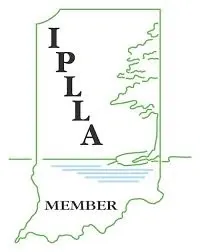Armyworms are the blackish, green-striped caterpillar larvae of the adult armyworm moth. They get their name because they travel in small armies, laying their eggs in grassy areas. The eggs hatch and the larvae begin feeding on the blades of grass in our lawns, eating everything in their path.
Learn about some seasonal lawn tips for maintenance for every season of the year! From watering to mowing, we have the details you need to keep your lawn perfect all year-round.
The "dog days of summer" is the time our lawns face the most stressful conditions of the year. There are 4 main issues your turf will go thru and most likely the reason why its under so much stress.
Do you feel like your landscape is missing something but don’t really want to get involved in a long-term or expensive renovation project? Stepping stones may be the answer!
Yellow nutsedge (Cyperus esculentus) is an erect, glasslike perennial member of the sedge family. It is found earth-wide. Sometimes referred to as nut grass, swamp grass or water grass, it is a sedge (not a grass) and is not controlled with normal broadleaf weed herbicides.
If you have very large ant hills, then you probably need professional help to remove this major colony. On the other hand, small ant hills in the lawn or landscape are usually not of significant concern.
Is this scenario happening to you? It's late spring and it has been 2 or 3 days since you have mowed the lawn. It looks pretty great except you ask yourself… "What is that fuzziness on the top of my lawn? Is my beautiful, green lawn getting some weird weed infestation?"
As we have seen over the past couple of winters, extreme cold temperatures can cause winter vegetation burn on our prized landscape plantings. Winter burn is easy to identify as it appears as brown, discolored patches on leaves and evergreen needles.
Red thread lawn disease (aka Pink Patch) is a grass fungus we are seeing quite a bit as me move into our summer season.
While we definitely don’t like to see ants in our homes, ants in our lawns can be beneficial. Along with earthworms, ants are the natural aerators of our lawns.






